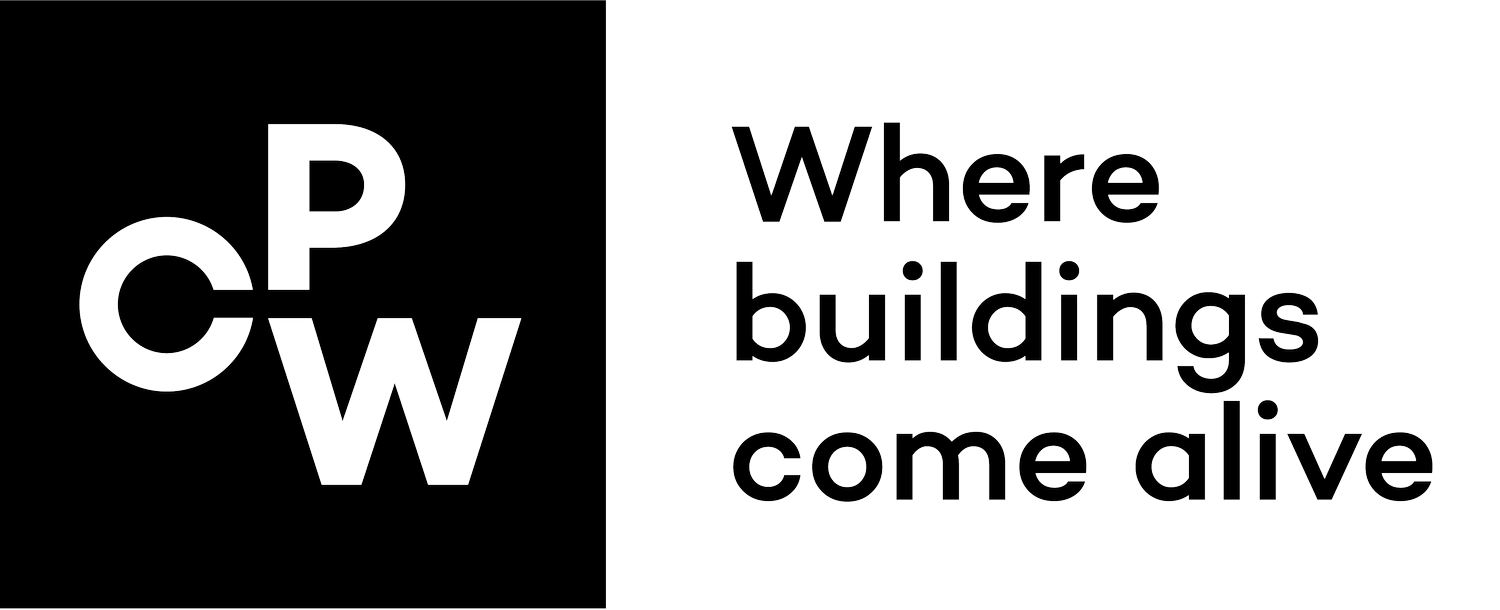A Quick Guide to BIM Certification
Within the dynamic landscape of modern engineering, Building Information Modelling (BIM) stands as a transformational force reshaping the way we conceive, design, and construct the built environment. Rob MacDonald, BIM Manager at CPW takes us through a quick guide to BIM Certification.
As industries continue to evolve, the importance of standardised excellence in BIM practices is becoming increasingly apparent.
After achieving ISO 19650 BIM Certification from BRE, here we explore the world of BIM, unpacking its critical role in advancing engineering standards and cultivating innovation.
What is BIM?
Building Information Modelling (BIM) has swiftly evolved to an indispensable tool within construction. Its significance has skyrocketed, finding itself at the forefront of the building sector and securing a prime spot-on clients' priority lists.
As professionals within the construction industry undertake a more digitalised route, the spotlight intensifies on how data is managed, and digital tools are harnessed for heightened speed, insight, collaboration, and accuracy. In this era of digital innovation, where data is king even in the construction industry, professionals recognise the value of ‘Golden Thread of Information.’ This term describes keeping a digital record of crucial building information, from design to build to maintenance. This enables building owners to proactively identify potential risks, find efficiencies, share relevant data with the right people and take action.
By standardising BIM processes, we will be able to ensure the Golden Thread of Information is central to all projects, breaking down barriers that traditionally hindered cross-disciplinary collaboration. The result? Streamlined project workflows, reduced errors, and smoother decision-making. BIM certification sends a strong signal that you can actively and adeptly engage in the ever-growing virtual world, with benefits extending beyond a simple stamp of approval.
Why gain a BIM certification?
BIM certification serves as a quality assurance mechanism, reassuring clients that you have diligently gone the extra mile on their behalf. Being a BIM certified company, CPW will be subject to independent annual audits undertaken by BRE, ensuring that consistent quality is maintained.
Proving that it’s more than just checking off boxes but it’s about embedding a commitment to continuous improvement at the core of our business operations.
Quality assurance - BRE’s scheme has certified our capability to input into the Information Management process for the delivery phase of projects; demonstrating our capability to work to the core standards, principles, and concepts – showcasing that our processes are controlled and managed in the way that clients increasingly expect.
Competitive advantage - Obtaining this certification increases our opportunity for BIM required projects.
Enhanced efficiencies — With detailed planning and collaborative communication, BIM provides room for increased productivity, allowing us to deliver projects more efficiently - accurately assessing any potential risks and issues that may arise, both during the bidding and the delivery of a project. This results in an opportunity to reduce costs and improve safety by avoiding rework.
Globally recognised - Obtaining this certification has proven our BIM capabilities to internationally recognised standards (ISO 19650-2:2018).
BIM for carbon reduction
BIM processes have become commonplace in both new construction projects and infrastructure, with additional potential in retrofit and refurbishment endeavours when paired with complementary techniques like laser scanning and rapid energy analysis. Consider BIM technology as a collaboration between the construction sector and software industries, creating both synergy and opportunity.
This synergy creates space for informed decisions on construction methods, safer work setups and improved energy efficiency, resulting in carbon reductions - ensuring buildings and projects perform well throughout their whole life.
Supply chain benefits of BIM
One of BIM's standout attributes is its power to promote transparency and collaboration across the supply chain. This not only minimises waste in procurement, processes, and materials but also helps the advancement of sustainable practices within the industry. A pivotal driver behind why BIM has been swiftly embraced by clients and the industry are the shared benefits, extending throughout the entire supply chain. These advantages ripple downstream, benefiting clients utilising built assets and contributing positively to society at large.
Offering a collaborative framework, it leverages digital technology to unlock more efficient methods of designing, creating, and maintaining assets. The integration of key product and asset data, combined with a 3-dimensional computer model, ensures effective information management throughout the project lifecycle – from conceptualisation to operation.
The Road Ahead
Embracing BIM goes beyond commitment to quality and precision, but also serves as a catalyst for industry-wide advancements, establishing a benchmark for industry professionals, ensuring a unified understanding and implementation of BIM methodologies.
As we navigate the fourth industrial revolution, marked by unprecedented technological advancements, BIM accreditation emerges as a guiding light for the engineering profession as it navigates uncharted territories. The undeniable truth is that it will persist in bringing about substantial changes within the construction landscape, and manufacturers unwilling to adjust and align with the BIM process will find themselves at risk of losing competitiveness in the market.
In conclusion, BIM stands at the intersection of technology and construction, enabling multidimensional collaboration, data-driven decision-making, and enhanced project efficiency. Our journey towards BIM certification is not just a professional milestone but a collective commitment to raising the bar for engineering excellence, representing a pledge to innovation and the continual pursuit of a better, more sustainable built environment. Acknowledging its transformative impact, the engineering community has embraced this certification as more than a tool—it's a methodology that outshines traditional project delivery.
Want to find out how we could support your project? Visit our services page.
